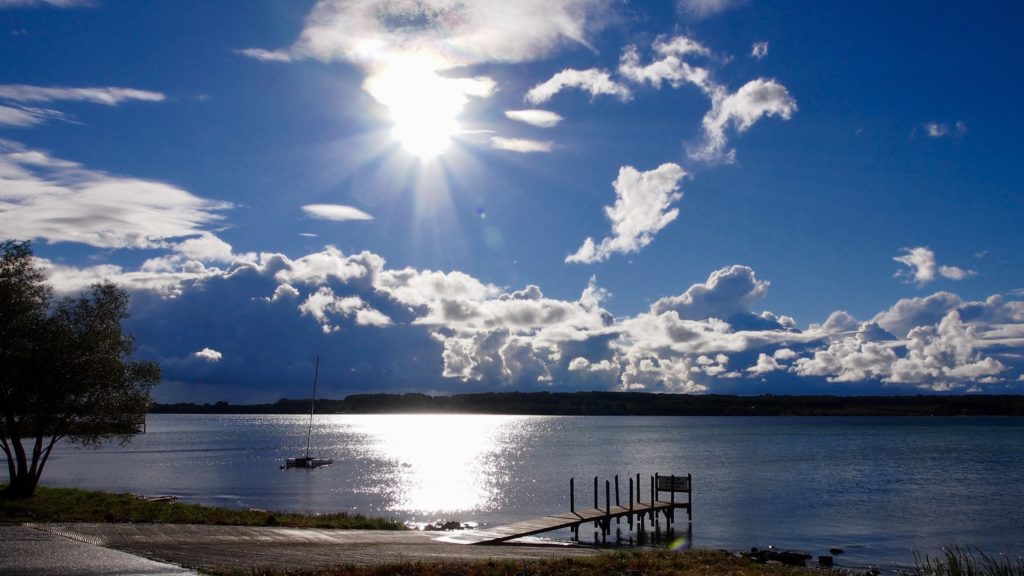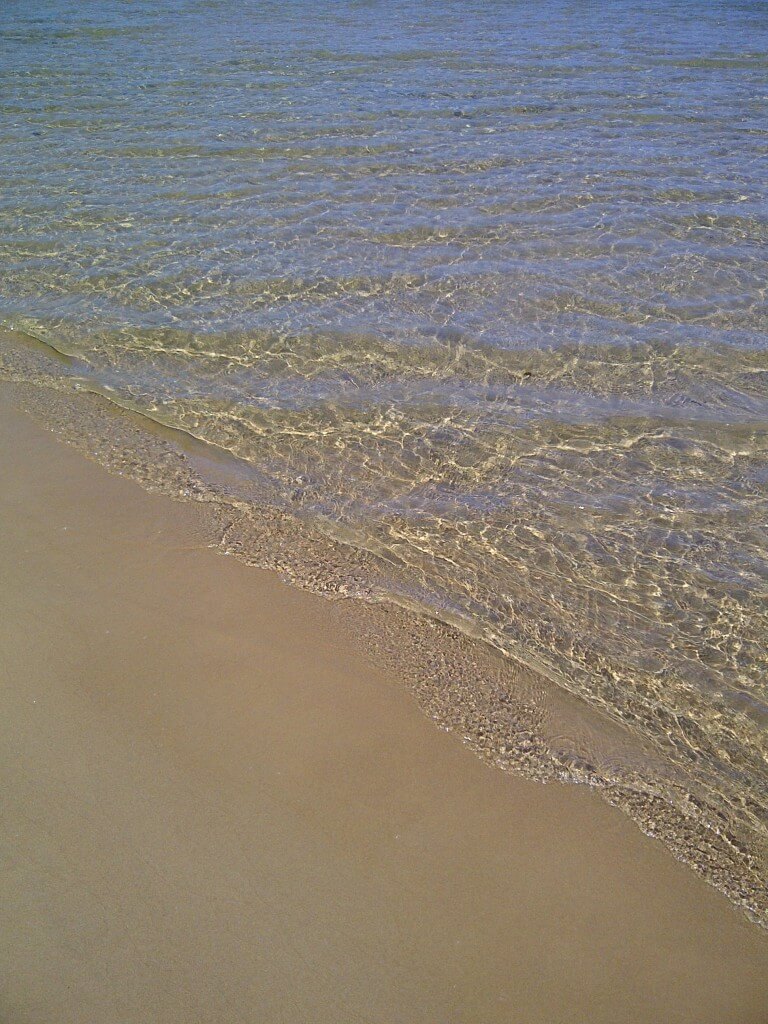If there is magic on this planet, it is contained in water. – Scientist Loren Eiseley
To the Leelanau Peninsula, water truly is magic. It’s the one of the most precious ingredients in everything we cherish: our glorious beaches, lush hardwood forests, breathtaking scenic views. Water is integral to swimming, fishing, wildlife, wildflowers, cherries, strawberries, apples, wine. You name it. Clean water makes it all possible.
Gratefully, the world is getting serious about clean water. Global impacts like trash in our oceans and rising sea-levels are causing world-wide alarm. Locally, awareness about how failing septic systems and storm run-off threaten clean, safe water is rising. Stories about water are making headlines nearly every day.

Clearly, the why of protecting clean water is about a straightforward as you could imagine. We simply have far too much to lose if our waters become polluted. But when we examine the how of keeping our water quality high, things gets pretty complicated right way. Ask any government official, lake association member, watershed group or advocacy organization. A big reason is that water defies boundaries—it doesn’t stop flowing at a property boundary or county line. It evaporates. It rains. It snows. The water molecules on your property right now will likely flow onto or under your neighbors’ land in days or hours and sometimes in minutes. We literally can’t live without water, but it is shapeless and always moving.

Where can we begin to tackle the question of how to protect clean water? A good place to start is with science and fact. Nearly 30 years ago, working with local experts like Dr. Tim Keilty and Walt Nielsen, we began collecting and testing water samples from Leelanau’s inland lakes and streams. Year after year. We’ve known for a long time that pristine waters can be damaged quickly by human activities that occur near lakes and streams. Some examples? Poor forestry practices that remove shade trees on stream banks, raising water temperatures that hurt fish populations. Lawn fertilizers and pesticides used by riparian landowners that add nitrogen and cause algae to grow. Failing septic systems that leach e-coli bacteria into our lakes. Too much pavement and rooftops and not enough natural land cover enables polluted storm runoff to quickly enter waterways and degrade our lakes and streams.

Thirty years ago, the Conservancy also made a commitment to protect Leelanau’s clean water. We have employed one of the best, most effective tools available—identifying the lands through which our waters flow and partnering with private landowners to permanently conserve as many of these lands as we can. By keeping land in its natural state, using permanent buffer strips of trees and natural plants to protect lakes and streams, we have been quietly working to counter threats to clean water since our inception. In the three decades since, we have permanently preserved 47 miles of shoreline on our lakes and streams. While this is no small achievement, we have so much more work to do to ensure that water quality remains high.
Today, we are more motivated than ever to accelerate the pace of these efforts. In 2018, we collaborated with the Kalchik and Parker Families to protect 1.6 miles of key tributaries. We also initiated several more projects you’ll be hearing more about in the coming months. Permanently preserving natural character of the lands through which our waters flow is one of the very best insurance policies there is for clean water.

The good news is the quality of our inland lakes and streams remains high. But we cannot take it for granted. The threats are real. And as Steve Martineau, our Chairman, rightly states in his message, we must come together as a community to be guardians of our precious Peninsula. Together we must keep up the vital work of conserving our clean water. Because clean water is, and should always be, the magical ingredient for Leelanau.
Tom Nelson
Leelanau Conservancy Executive Director
From the 2018 Annual Report




